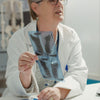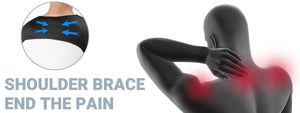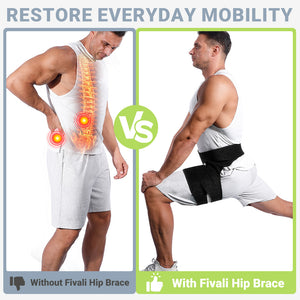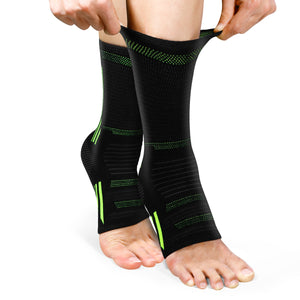What Happens When You Hit Your Knee Cap Hard?
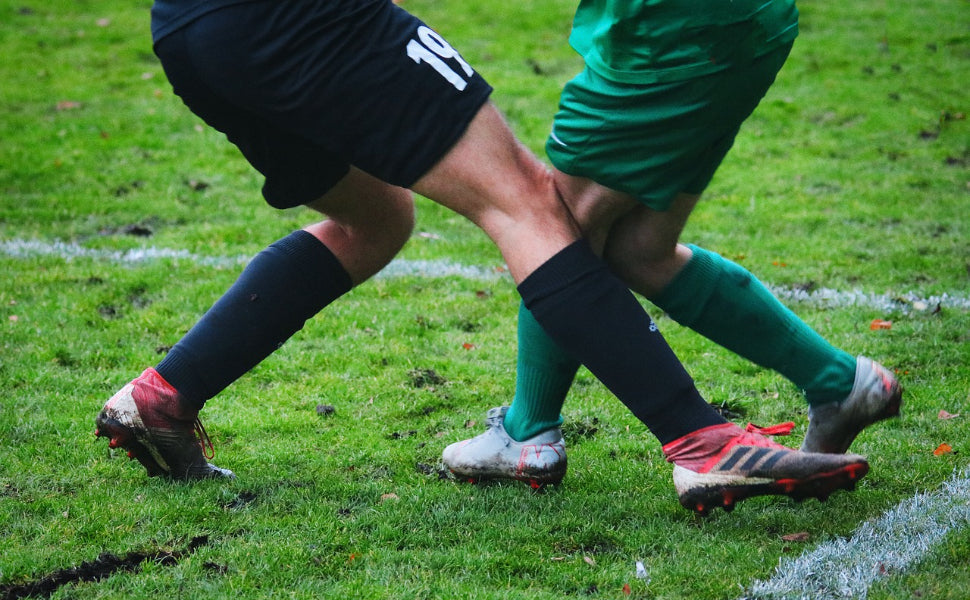
We'll examine the possible effects and consequences of a severe blow to the kneecap. We will discuss common injuries that may occur, symptoms to look out for, and possible treatments. Let's look at the details to learn more about what happens when you take a hard blow to your kneecap. If you have a serious injury or persistent discomfort, you should consult a doctor.
Immediate Physical Symptoms
After landing on the kneecap, it is common to experience soreness immediately in the affected area. The strength of the pain varies with the severity of the impact. You can also see swelling, discomfort, and bruises close to the knee.
To treat these symptoms, it is recommended to apply ice packs or cold compresses to the damaged knee. This could help to minimize swelling and lower inflammation. It is recommended to apply ice for approximately 15-20 minutes every 2-3 hours throughout the first 24 to 48 hours after the injury.
If the pain gets worse or if you are unable to put any weight on the leg that is injured, you should visit a doctor for a more comprehensive evaluation and to discuss the best course of treatment.
fivalifitness.com
Possible Injuries
A hard hit to the kneecap can cause a number of injuries, some of which are as follows:
- Fractures: The patella, also referred to as the knee cap, may break if enough power is given to it. This can be brought on by falls, sports-related accidents, or direct knee blows. Excruciating pain, swelling, difficulty bending or straightening the knee, and bruises near the lesion are all possible side effects of fractures.
- Dislocations: A severe injury to the knee cap may cause the patella to migrate out of its normal position. Severe bending or sudden twisting of the knee joint frequently cause dislocations. Dislocated kneecaps can cause severe pain, a noticeable deformity, swelling, instability, and the inability to bear weight on the afflicted limb.
- Damage to Ligaments or Tendons: The stability and proper function of the knee joint depend on the health of the ligaments and tendons surrounding it. Strong impacts have the potential to destroy these structures. The anterior cruciate ligament (ACL) and medial collateral ligament (MCL) are two particularly weak ligaments. These ligament injuries can cause pain, swelling, instability, difficulty walking or bearing weight, and a giving-way sensation.
- Tendon injury: A severe force applied to the knee cap may also result in tendon damage, similar to a patellar tendon tear. Severe discomfort, edema in the legs, difficulty bending the knee, and weakness when walking or ascending stairs can be the outcomes of this.
It’s important to keep in mind that any knee injury should be diagnosed and treated by a doctor. They are able to provide an accurate diagnosis and recommend appropriate courses of action.
fivalifitness.com
Treatment Options
When you really hit your kneecap, it's important to take immediate action to minimize pain and avoid further injury. The following are some treatments that you may consider:
- Rest: Give your knee some time to unwind and refrain from putting any weight on it. This can help reduce additional stress and encourage the damaged area to heal.
- Ice: Applying ice to the affected area may help lessen pain and swelling. Apply ice to your knee using an ice pack or a towel wrapped around the ice every few hours for around 15 to 20 minutes.
- Compression: You may find it helpful to use a compression bandage or knee sleeve to support and stabilize the knee joint. To prevent restricting blood flow, avoid wrapping it too tightly.
- Elevation: To help reduce swelling, lift your leg off the ground by propping it up on a pillow or cushion. Try to maintain your knees higher than your heart, if at all feasible.
- Control of Inflammation: Acetaminophen and ibuprofen, two over-the-counter painkillers, can help reduce inflammation. Always follow the dose instructions, and if needed, consult a doctor.
If the pain persists, worsens, or if you notice any other unpleasant signs, you should see a doctor straight immediately. They'll be able to provide you with an accurate diagnosis and recommend the best course of action.
Prevention Tips
Avoid knee cap injuries if you want to maintain the health of your joints and your range of motion. The following advice will help you protect your kneecap:
- Keep your weight in check: Being overweight puts more strain on your knees, which raises the risk of injury. Strive to maintain a healthy body weight by eating a balanced diet and getting frequent exercise.
- Develop stronger leg muscles: Stability and support are provided by strong knee muscles. Focus on exercises that strengthen your hamstrings (back thigh muscles) and quadriceps (front thigh muscles) to help protect your knee cap.
- Warm up before physical exercise: Before engaging in any kind of physical activity or sport, warm up your body by stretching dynamically to increase blood flow and prepare your muscles for movement.
- Put on the appropriate footwear: Choose shoes that will adequately support and cushion your feet. This helps absorb trauma and decreases the impact that exercise has on your knees.
- Use the right form and technique: When running, leaping, or participating in sports, using the right form and technique helps to minimize stress on the knee cap. Seek guidance from a certified trainer or coach if you're not sure.
- Steer clear of excessive strain and overuse: Having your knee cap stressed out repeatedly might lead to damage. Allow adequate time for your knees to recover in between intense workouts or high-impact activities.
- Watch your body: Pay close attention to any warning signs that arise, such as pain, swelling, or discomfort in the area of your kneecap. In the event that any of these symptoms appear, stop what you're doing and see a doctor.
Remember that even with these tips to reduce the risk of knee cap injuries, accidents can still happen. See a doctor as soon as possible if you are injured so that you can receive the proper diagnosis and treatment.
fivalifitness.com
Reference
Fix Knee Cap Pain FAST! Exercises For Patellofemoral Pain
*Disclaimer
The information provided in articles written by Fivali is intended for educational and reference purposes only. The content on this website (www.fivalifitness.com) is not intended to diagnose, treat, cure, or prevent any disease. We do not recommend self-diagnosis or self-treatment based on the information provided in our articles. Always consult a qualified healthcare professional if you have any concerns about your health or well-being.
If you are experiencing any symptoms or discomfort, we strongly encourage you to seek medical attention from a qualified healthcare professional. Only a licensed healthcare practitioner can provide an accurate diagnosis and appropriate treatment plan tailored to your individual needs.
-
Posted in
Healthy Lifestyle, Recovery, sports








